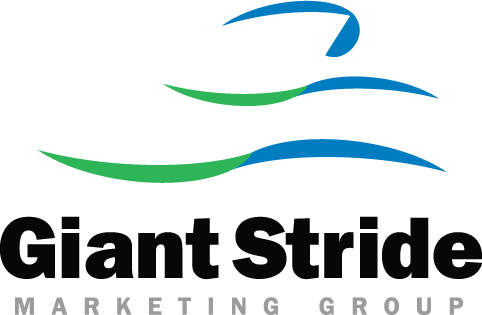How to Get the Most out of Customer Interviews
Customer interviews generate incredibly valuable input into product messaging. In an ideal world, my product messaging projects begin with a brand or messaging audit that includes customer interviews. Then, I would look for feedback and validation on messaging work in progress. Over the course of hundreds of these interviews, I’ve developed an approach that makes the process efficient for the people I interview and effective for my client companies. If you’re doing customer interviews, I recommend the following practices.
Balance Executive and Practitioner Interviews
Complex B2B technology purchase decisions involve a combination of executives and practitioners (developers or development managers, analysts, team leads, etc.). These two types of buyers may see the world differently, in terms of the pain they’re trying to address, buying criteria, vendor perceptions, and more. Your product messaging should align with both worldviews, so it’s helpful to get real-world input from both groups of buyers.
Clients sometimes tell me, “You need to talk to Joe Practitioner because Jane Executive just doesn’t have the details about our solution.” I remind them that we already know the details of our own solution; what we need is our customers’ perceptions of the value. And that value may manifest itself differently for Joe and Jane.
Do Your Homework
Find out as much as possible about your interviewee (and their company) going in. You want them to see that you value their time, and you want to be in a position to understand the context around their answers, without asking a lot of follow-up questions that your team could have answered for you.
One of the more insightful messaging interviews I have ever done was with an executive at a company that had already decided to end its subscription with my client’s product. Because I already knew a large part of the story, we were able to focus our discussion on organizational issues that our messaging could address for future customers.
State Your Purpose Up Front
Your customers may not know what product messaging is, and they may not remember why they scheduled time with you. By starting each interview with a recap of your goals for the meeting, you build trust and keep the discussion on track.
Respect Your Customer’s Time
I have found that I can get a lot of insight from a 30-minute customer conversation. However, I always plan for 30 minutes and ask for 45. With 45 minutes, I don’t have to reschedule if someone is 10 minutes late. I also don’t have to “crash land” a good conversation as often. In our up-front discussion, I set a goal of finishing early.
Ask Both Specific and Open-Ended Questions
Whether I’m doing early discovery or messaging validation, I have found that customers respond best to a combination of specific questions and open-ended ones. Specific questions give them guidance on what you need to know, while open-ended ones can spark ideas that you might not have considered. I see a lot of variability in the depth of answers customers give; so I enter my interviews with a prioritized set of “core” and “nice-to-have” questions, along with probing questions to delve deeper into why the interviewee answered in a particular way.
Do Enough Interviews to Identify the Outliers
Sometimes I hear a messaging idea that sounds great… until I realize that few people understand it. Or I talk to someone about a valuable use case that few customers share. I haven’t found a magic number of customer interviews that produce total insight. However, when I can identify common themes across four or five different customer discussions, I know I’m probably getting there.
Keep the Account Team in the Loop
Account teams can be protective of their customers, and for good reason. They have invested a lot of time in building trusted relationships. I make a point of being proactive about letting sales and customer success teams know about any action items, issues or concerns, or unmet needs that surface during customer interviews. I also share notes and recordings.
Ask and You Shall Receive!
In my experience, B2B customers are more than happy to share what they know about your market and give honest feedback about both products and messaging (even if they don’t know what messaging is). A simple thank you is often all they want. Customer interviews deliver benefits to product messaging at every stage in the process. So don’t be afraid to reach out.
